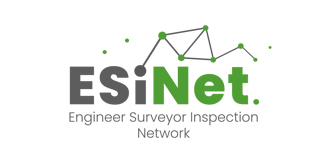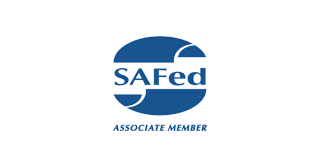The Provision and Use of Work Equipment Regulations (PUWER) are designed to ensure that workplace equipment is safe to use and fit for purpose. A PUWER inspection assesses whether your equipment complies with these regulations, helping to protect workers from accidents and injuries. If you’re preparing for a PUWER inspection, understanding the process can help you stay compliant and ensure a smooth experience. Here’s a breakdown of what to expect during a PUWER inspection.
What is a PUWER Inspection?
A PUWER inspection involves a thorough assessment of work equipment to ensure it:
- Is suitable for its intended purpose.
- Is maintained in safe working condition.
- Is used only by competent and trained individuals.
- Has appropriate safety measures in place.
The goal is to identify potential risks and implement corrective measures to improve workplace safety.
Before the Inspection
Preparation is key to a successful PUWER inspection. Here are some steps to take before the inspector arrives:
- Review Your Equipment: Conduct an internal review to identify any obvious safety issues, such as damaged guards or faulty controls.
- Check Documentation: Ensure you have records of previous inspections, maintenance logs, and training certificates for operators.
- Inform Staff: Let employees know about the inspection and ensure they understand the importance of compliance.
During the Inspection
A PUWER inspection typically involves the following stages:
1. Initial Meeting
The inspector will begin by discussing the scope of the inspection. They may ask questions about:
- The types of equipment used.
- How equipment is maintained.
- Training procedures for operators.
This is an opportunity to provide context about your operations and address any preliminary concerns.
2. Equipment Assessment
The inspector will examine your equipment for:
- Suitability: Is the equipment appropriate for the tasks it’s used for?
- Safety Features: Are guards, emergency stops, and other safety devices installed and functioning correctly?
- Condition: Is the equipment in good working order, free from wear or damage that could pose a hazard?
3. Operational Practices
The inspection also evaluates how equipment is used, including:
- Whether operators are trained and competent.
- If procedures are in place to prevent unauthorized use.
- How equipment is handled during maintenance and repairs.
4. Risk Assessment Review
The inspector will check if risk assessments have been carried out for all equipment and whether control measures are in place to mitigate hazards.
After the Inspection
1. Inspection Report
At the end of the inspection, you’ll receive a detailed report highlighting:
- Areas of compliance.
- Non-compliances or potential hazards.
- Recommendations for corrective actions.
2. Follow-Up Actions
If issues are identified, you’ll need to take corrective measures. This might include:
- Repairing or replacing faulty equipment.
- Updating safety procedures.
- Providing additional training for staff.
3. Ongoing Compliance
PUWER is not a one-time obligation. Regular inspections and a proactive approach to maintenance are essential to staying compliant and ensuring workplace safety.
Common Areas of Non-Compliance
Here are some of the most frequent issues identified during PUWER inspections:
- Missing or inadequate safety guards.
- Lack of maintenance records.
- Insufficient operator training.
- Equipment that is unsuitable for the task.
Addressing these areas beforehand can significantly improve your inspection outcome.
Benefits of PUWER Compliance
- Enhanced Safety: Reduces the risk of accidents and injuries.
- Regulatory Compliance: Helps you avoid fines and legal consequences.
- Improved Efficiency: Well-maintained equipment operates more effectively.
- Peace of Mind: Demonstrates your commitment to worker safety and wellbeing.
How SIS Ltd Can Help
At SIS Ltd, we provide expert PUWER inspection services to help businesses achieve compliance and maintain safe working environments. Our experienced engineer surveyors offer:
- Comprehensive equipment assessments.
- Guidance on corrective actions.
- Ongoing support for PUWER compliance.
Contact us today to learn more about our PUWER inspection services and how we can help you maintain the highest safety standards.











